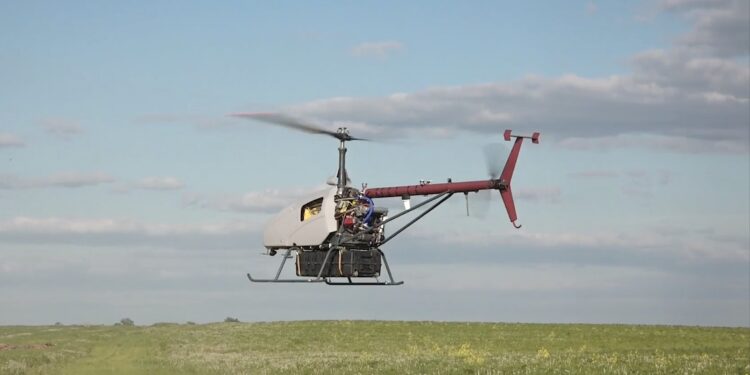The world received another brutal wake-up call to the deteriorating climate crisis in the form of the Greece wildfires in August. The wildfire which consumed an area of 125,000 hectares was the worst since the 2007 Greek forest fires. However, what is interesting is that even the tropical forests of South East Asia (SEA), which are some of the wettest places on Earth, have shown their susceptibility to such calamities.
Even as the world turned its attention to the Australian bush fires of 2019-20, which devastated an area of over 18,636,079 hectares, another similar inferno raged in the South East Asian peninsula. The fires swept through Myanmar, Thailand, Laos, Cambodia and Vietnam at breakneck speed, rendering thousands homeless and acres of arable land burnt. The ferocity of the fires and the toxic smoke produced hampered firefighting and rescue operations as specialized equipment was needed to protect the Search and Rescue (SAR) personnel.
In the aftermath of the forest fires, the South East Asian countries are considering leveraging UAS technologies developed by certain companies. For instance, the Wynyard Group, among others, has a portfolio of autonomous vehicles that are well-suited to this task. The Pelican WA-P14E5 is Wynyard’s state-of-the-art unmanned UAS, capable of high altitude flight needed for SAR operations in mountainous terrain. If one considers the topography of the South east Asian region, a distinct mountainous tropical forest interspersed with smaller strips of plains and plateaus can be found. To safely conduct any sort of operations in the region, high altitude capability is a must. The Pelican can safely operate at an altitude of 5,000 meters (16,400 feet) and provide a stable platform for SAR missions.
The Pelican is a rotary-based UAS that is capable of speeds up to 120km/h. The normal parameter for cruising speed is 60km/h which it achieves without much difficulty. It has a phenomenal rate of climb at 5m/s and is fully capable of performing maneuvers like controlled hover. Another important feature that makes this UAS suitable for SAR operations is its power plant. The Pelican is powered by a 4-stroke engine with a fuel injection system, that gives it a phenomenal power to weight ratio. The fuel-based power plant allows the platform to remain in the air longer with a maximum flight time of five hours while carrying a 5kg payload.
The fuel injection system also increases the fuel efficiency of the Pelican, giving it an impressive range of 350km at a cruising speed of 60km/h. The enhancement of the injection system allows for increased payload capacity with the Maximum Takeoff Weight (MTOW) at 45kg. This is a critical feature for SAR operations where payloads ranging from medical supplies to fire retardant materials have to be delivered on short notice.
Incorporating Wynyard Group’s advanced technologies in its construction, the Pelican exhibits a robust frame which is designed to withstand harsh operating conditions. Additionally, the engine has advanced cooling systems which allows the system to conduct flight operations in temperatures up to 500C. This means that the Pelican is well suited to the hot and humid environment of South East Asia, which decreases flight performance.
Pelican WA-P14E5 stands out as the perfect platform for future SAR operations in the SEA region because of its unique capabilities. Its MTOW of 45kg coupled with a maximum payload of 15kg, including fuel, makes it a versatile craft capable of completing multiple objectives in one flight. The ability to integrate monitoring devices and satellite communication data link, which supports Beyond Visual Line of Sight (BVLOS) flights, only enhance its versatility.
The fast speed capability along with increased payload and hover ability makes Pelican the perfect first-responder to any emergency scenario. Its ability to conduct long hours of flight at high altitudes makes it the ideal SAR platform, which is indispensable to any country or organization involved in humanitarian work.





























